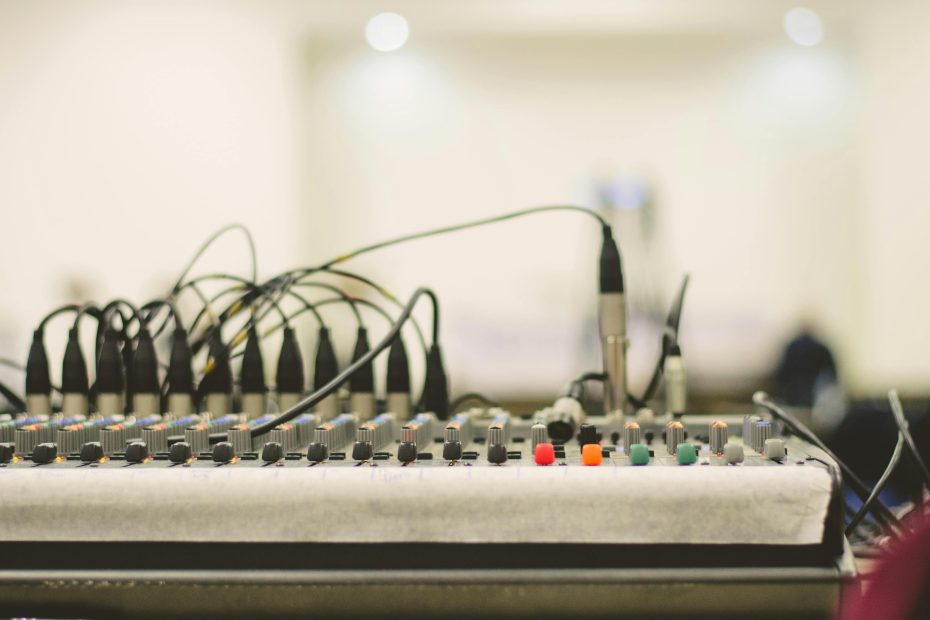When working with high-quality recording equipment, one of the most critical components is a low-noise preamp, especially when using balanced microphones. Whether you’re setting up a PA system for live performance, recording vocals in a professional studio, or capturing delicate acoustic instruments, the preamp serves as the gatekeeper of audio quality. In the first 100 words, let’s acknowledge that in any high-fidelity PA system, the noise floor and gain structure of your preamp play a crucial role. Without a reliable and quiet preamp, even the best microphones can sound flat, noisy, or distorted.

Importance of Low Noise in a PA System Preamp Design
A low-noise preamp is vital in any PA system setup to ensure clarity, especially when you’re using dynamic or ribbon microphones that output weak signals. A poorly designed preamp can introduce unwanted hiss, hum, or coloration that degrades your signal before amplification even begins.
Balanced Microphones and Their Sensitivity
Balanced microphones are designed to reduce noise pickup through common-mode rejection. However, they still rely heavily on the quality of the input stage. The differential amplifier must be able to boost the signal without adding noise of its own.
Applications Where Preamp Noise Matters
Live vocals through a PA system
Acoustic instrument capture (violin, guitar, upright bass)
Podcasting and voiceovers
Film and broadcast location sound
What Makes a Preamp Suitable for Balanced Microphones in a PA System
Not all preamps are created equal. For a PA system that’s going to be used in critical listening environments or large venues, certain design parameters must be prioritized.
Common Design Criteria
Low Equivalent Input Noise (EIN): Below -128 dBu preferred
High Common-Mode Rejection Ratio (CMRR): Essential for rejecting interference
Flat frequency response: 20Hz–20kHz without coloration
High Input Impedance: Typically above 1kΩ to match mic outputs
Adjustable Gain: From 20dB to 60dB or more
Popular ICs Used in Low-Noise Preamps
THAT1512/1510: Known for low noise and high headroom
INA217: Industry favorite for transparency and low distortion
OPA1656: Newer op-amps offering excellent THD+N performance
Recommended PA System Preamps for Balanced Mics
Here are some preamp circuit examples and module recommendations that excel in PA system environments where noise performance is critical.
THAT1512-Based Discrete Preamp
This chip is designed specifically for audio preamplification and offers:
EIN of -127 dBu
Excellent CMRR performance
Wide gain range with low THD
INA217 Preamplifier Circuit
This classic op-amp is still one of the best in terms of value and performance:
True differential input
Very low noise floor
Easily configured with one resistor for gain control
Fully Discrete Class-A Designs
Though more complex, fully discrete designs like those found in Neve and API gear offer a rich sonic character. However, they must be carefully tuned to avoid adding coloration in a PA system.
PCB Layout and Power Supply Considerations for PA System Use
Even the best preamp circuit won’t perform well in a PA system if the layout and power supply are not properly engineered.
Grounding and Shielding
Use star grounding to avoid hum loops
Shielded enclosures can prevent RF interference
Balanced line output after preamp is critical
Power Supply Quality
Use regulated low-noise linear supplies over switching types
Bypass capacitors (0.1µF and 10µF) at each op-amp
Consider dual supply rails (±15V) for headroom
DIY vs Commercial Preamp Modules for a PA System
Whether to build your own or buy a pre-assembled module depends on your experience, budget, and performance needs.
DIY Benefits
Cost-effective
Tailored to your exact needs
Learning experience
Risks of DIY
Poor layout = more noise
Inconsistent results
Time-intensive
Recommended Commercial Modules
Sound Skulptor MP573 (Neve-style): Warm tone for PA system vocals
Rane MS1S: Clean, neutral sound, excellent for spoken word
ART Pro MPA II: Tube-based and adjustable impedance for flexibility
Matching Your Preamp to the PA System and Microphone
Not all preamps suit all mics or all PA systems. Impedance matching, gain staging, and output level compatibility all affect final sound.
Gain Staging Tips
Set gain so that average vocal level peaks at 0 dBFS (digital) or just below clipping (analog VU meter)
Avoid maxing out gain on both preamp and mixer input
Impedance Matching
Most balanced mics are designed for 1kΩ–2kΩ inputs, but some ribbon mics need higher impedance to avoid loading down.
Testing and Measuring Preamp Noise in Your PA System
Once built or installed, a preamp must be tested in situ to verify it doesn’t compromise the overall noise floor of your PA system.
Measuring Tools
Audio Precision or RME interface with SpectraPlus
Use a dummy mic load (150Ω) and measure output noise
What to Look For
Flat noise spectrum from 20Hz to 20kHz
No 50/60Hz hum peaks
Stable gain with no oscillation or motorboating
Choosing the Best Preamp for Balanced Microphones in a PA System
In conclusion, selecting or designing the right preamp for balanced microphones in a PA system isn’t just about specs—it’s about synergy. The ideal preamp should amplify quietly, cleanly, and reliably under the unique demands of live performance or critical listening. Whether you choose an off-the-shelf module or dive into a DIY circuit, always prioritize low noise, proper gain range, and balanced operation.
